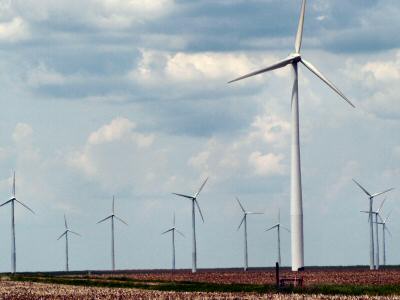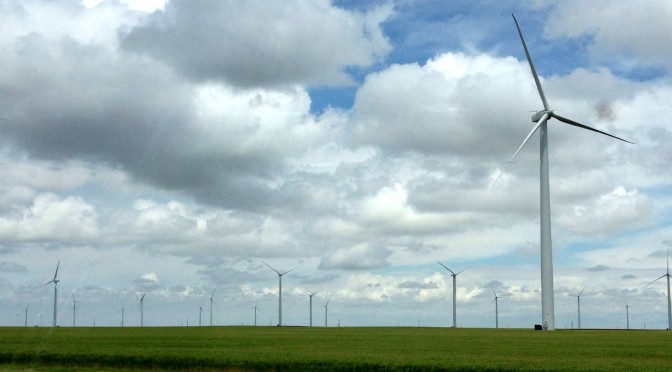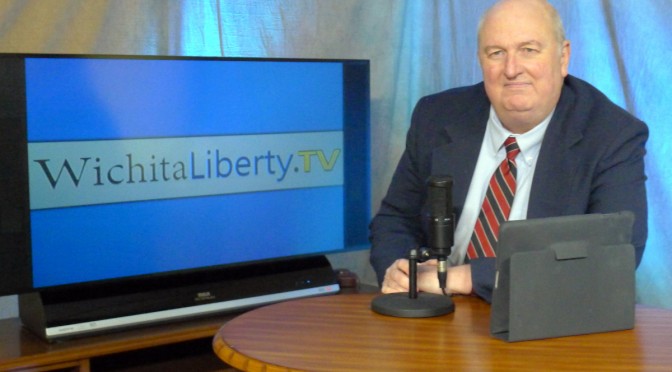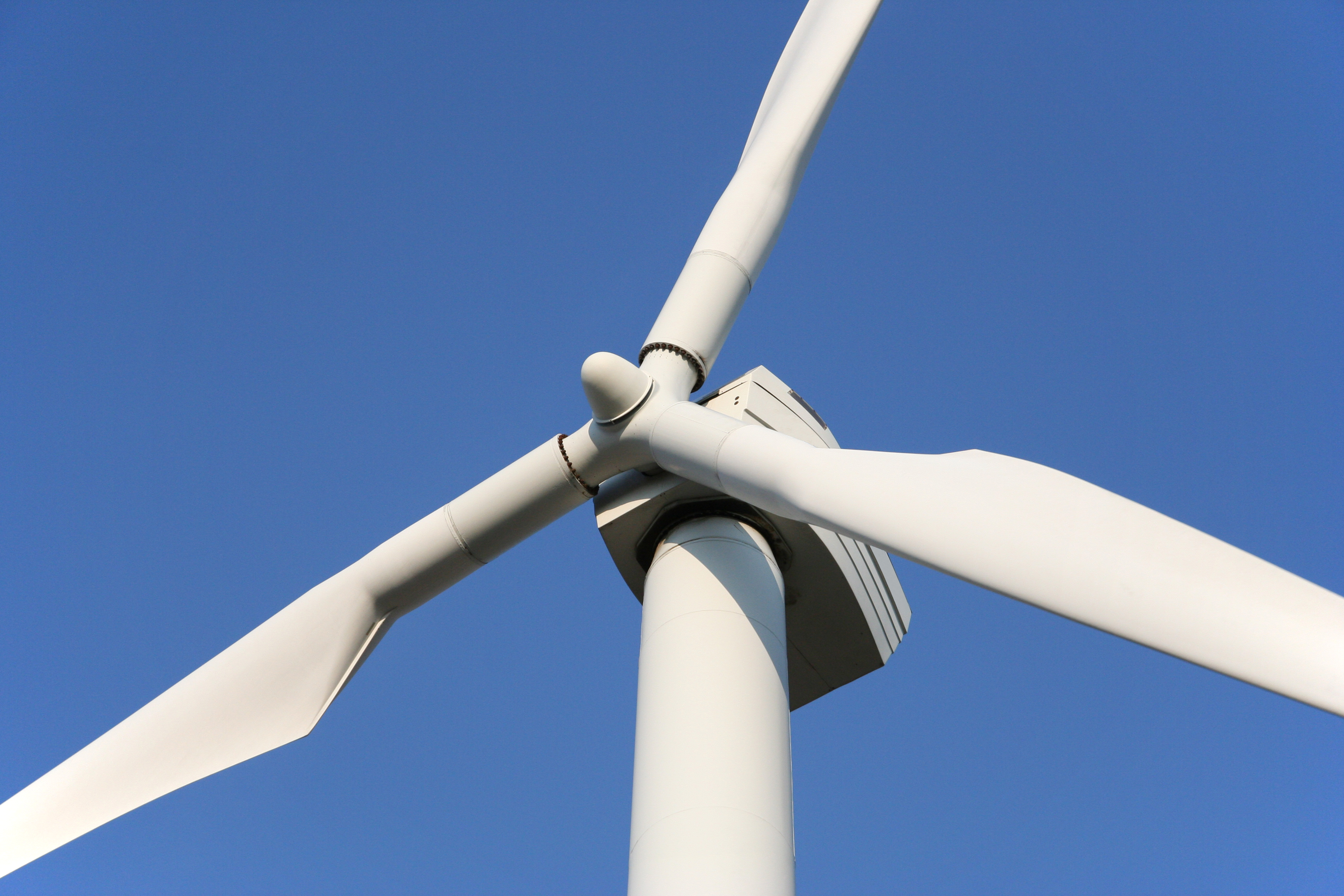Tag: Wind power
-

Energy subsidies for electricity production
To compare federal subsidies for the production of electricity, we must consider subsidy values in proportion to the amount of electricity generated, because the magnitude is vastly different.
-

Energy subsidies for electricity production, in proportion
To compare federal subsidies for the production of electricity, we must consider subsidy values in proportion to the amount of electricity generated, because the magnitude is vastly different.
-
Misguided faith
A big “thank you” to Mike Smith for his rebuttal to an op-ed printed in today’s Wichita Eagle.
-

Kansas City Star’s dishonest portrayal of renewable energy mandate
The Star touts economic gains to the wind industry but ignores the reality that those gains come at the expense of everyone else in the form of higher taxes, higher electricity prices and other unseen economic consequences, writes Dave Trabert of Kansas Policy Institute.
-
End the wind production tax credit
If wind power cannot compete on its own after 20 years without costly special privileges, it never will, writes Lamar Alexander And Mike Pompeo.
-

Renewables portfolio standard bad for Kansas economy, people
A report submitted to the Kansas Legislature claims the Kansas economy benefits from the state’s Renewables Portfolio Standard, but an economist presented testimony rebutting the key points in the report.
-

WichitaLiberty.TV: Schools and the nature of competition and cooperation, Wind power and taxes
A Kansas newspaper editorial is terribly confused about schools and the nature of competition in markets. Then, we already knew that the wind power industry in Kansas enjoys tax credits and mandates. Now we learn that the industry largely escapes paying property taxes.
-

Rural Kansans’ billion-dollar subsidy of wind farms
In addition to receiving taxpayer subsidies and benefiting from mandates to buy their product, wind power producers largely escape the burden of property taxes, writes Dave Trabert of Kansas Policy Institute.
-

WichitaLiberty.TV: For whose benefit are elections, school employment, wind power, unions, unemployment
The controversy over the timing of city and school board elections provides an insight into government. Then: Can a candidate for governor’s claims about Kansas school employment be believed? Wind power is expensive electricity, very expensive. A Wichita auto dealer pushes back against union protests. Finally, what is the real rate of unemployment in America?
-

Are you worried about global warming?
As the following two charts show, the models that are in common use by climate scientists have predicted rising temperatures, but actual observations of temperatures have not conformed to predictions. Temperatures have been level in recent years.
-

Special interests defend wind subsidies at taxpayer cost
The spurious arguments made in support of the wind production tax credit shows just how difficult it is to replace cronyism with economic freedom.
-

Energy subsidies for electricity production
When comparing federal subsidies for the production of electricity, it’s important to look at the subsidy values in proportion to the amount of electricity generated, because the scales vary widely.